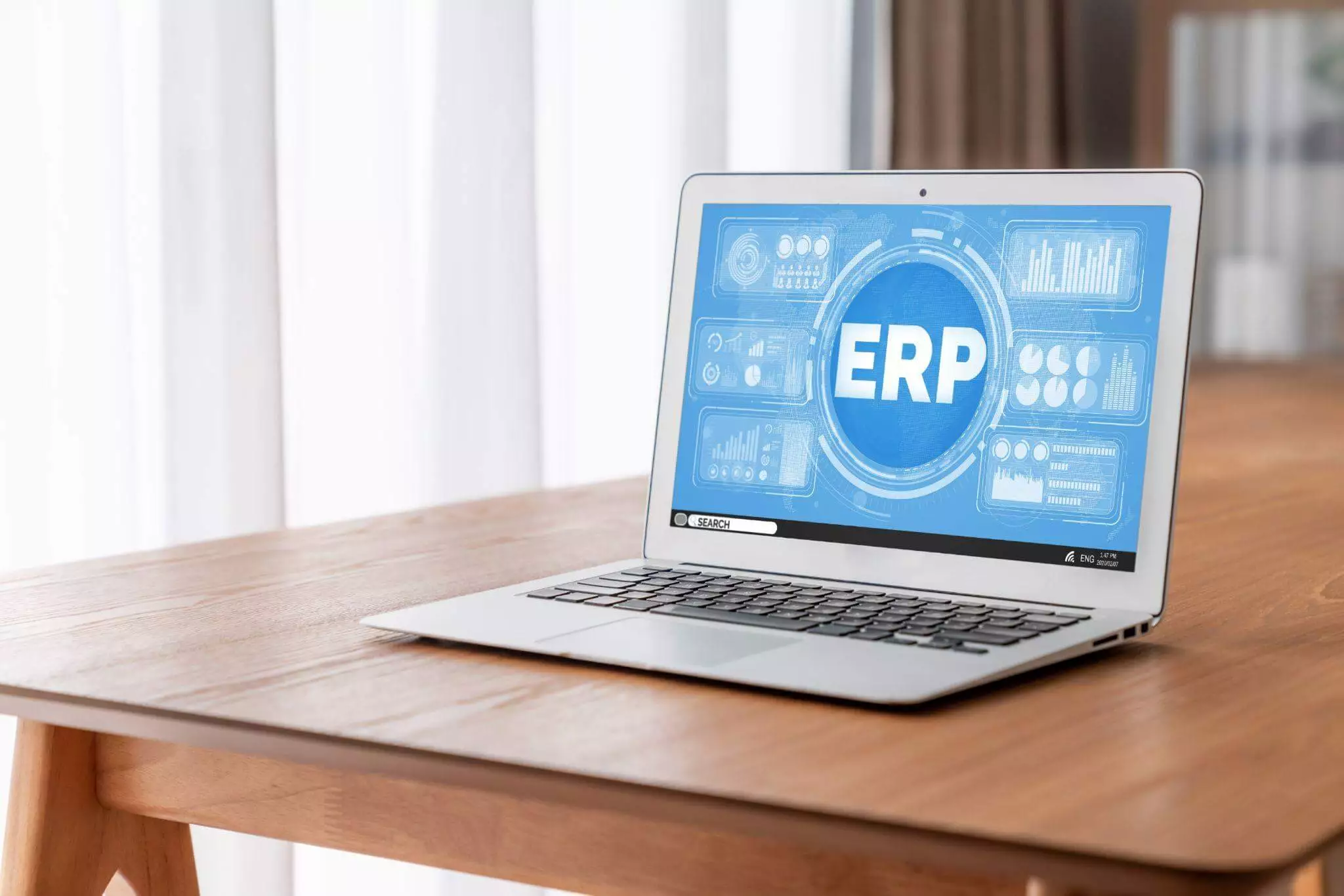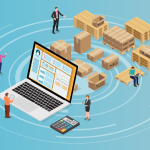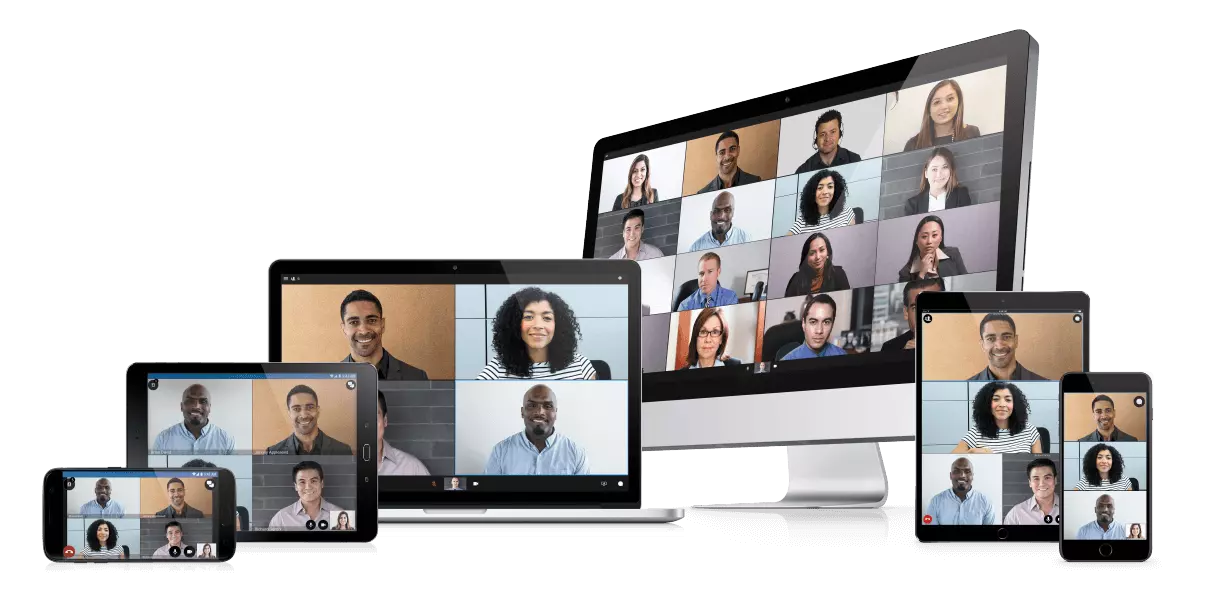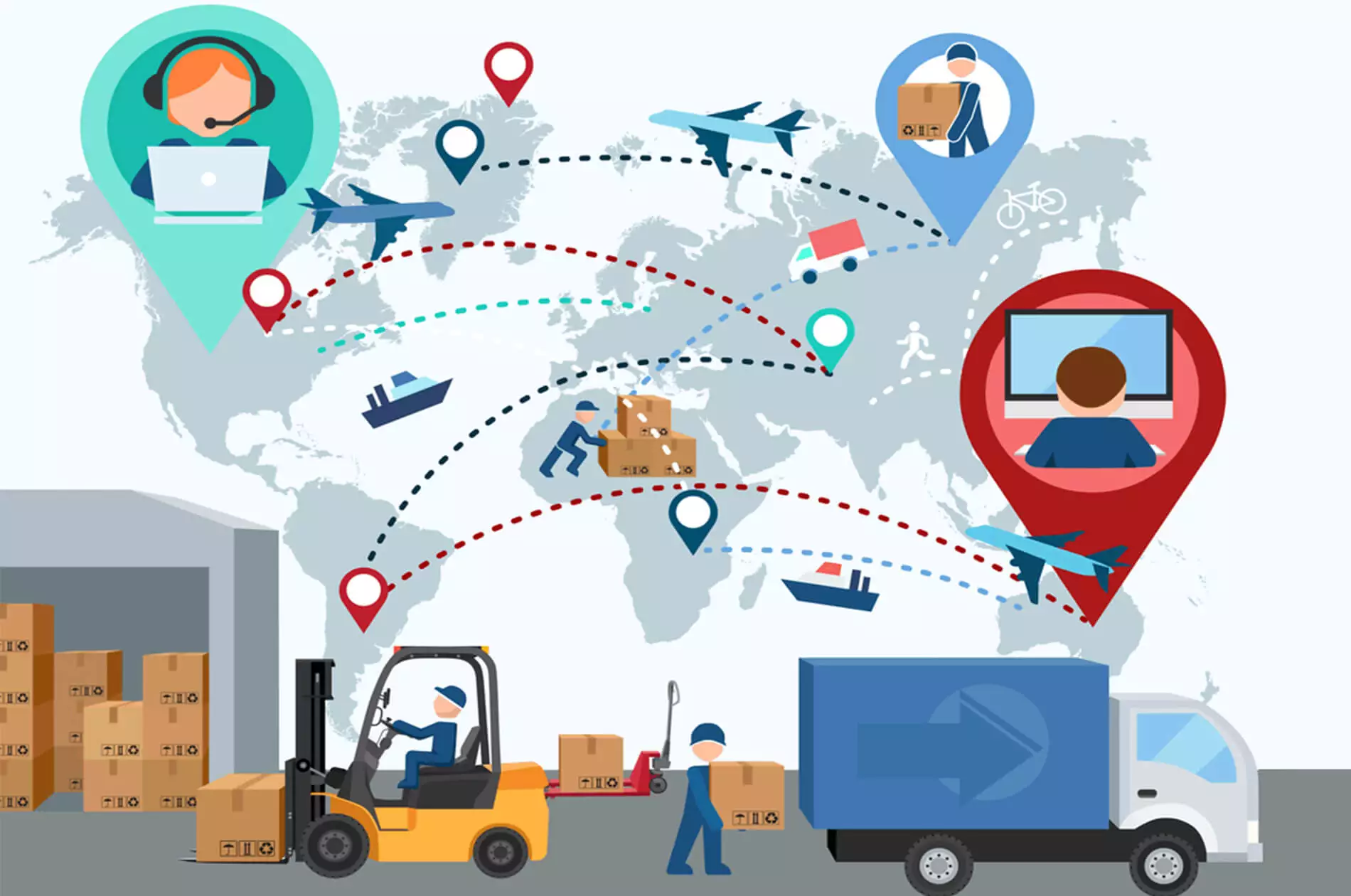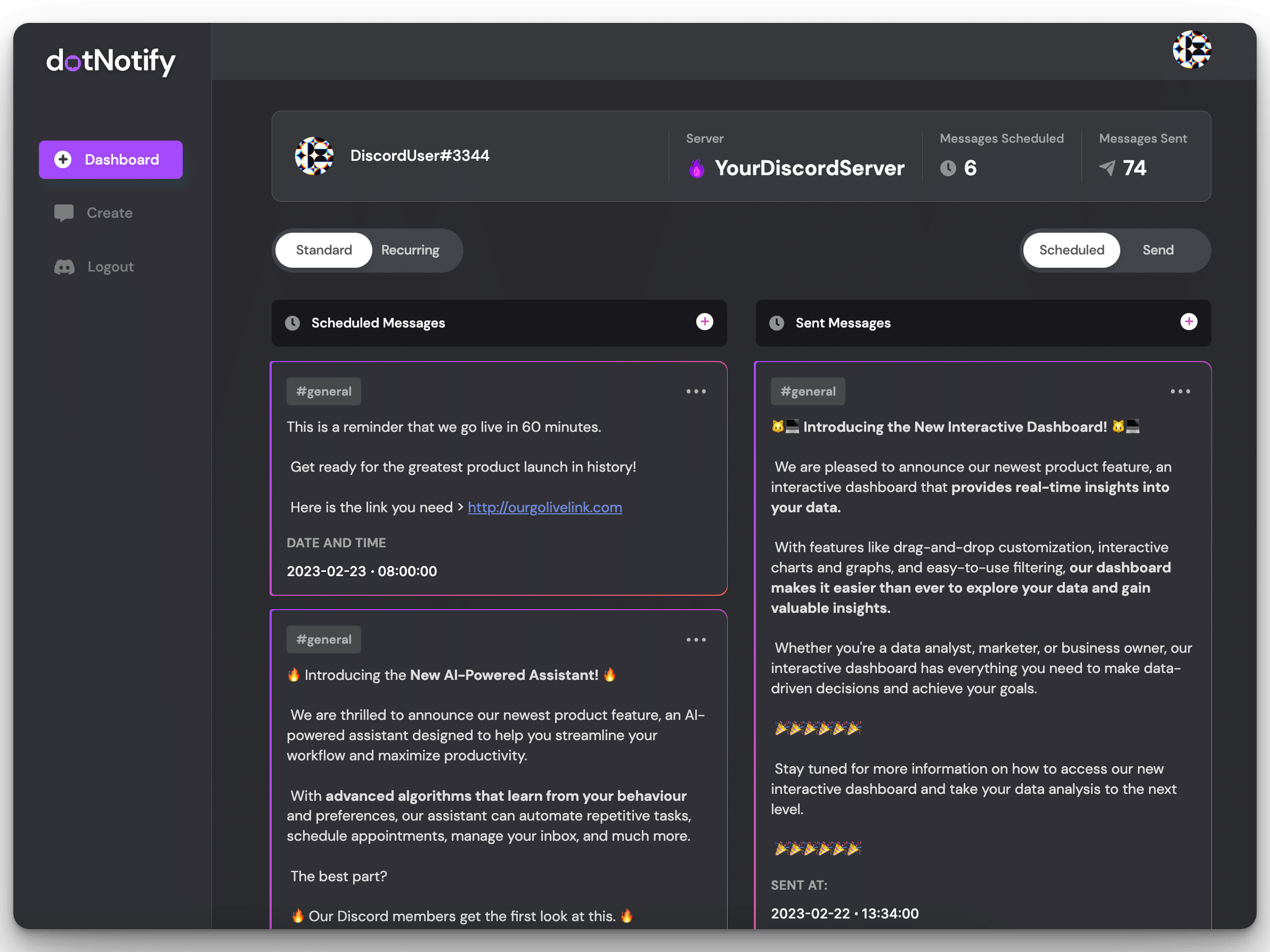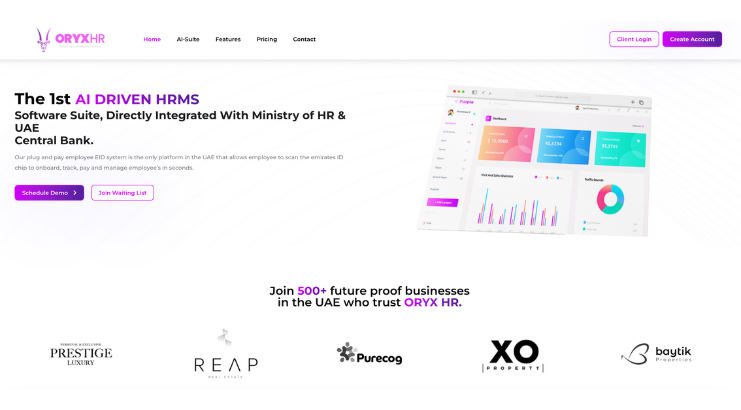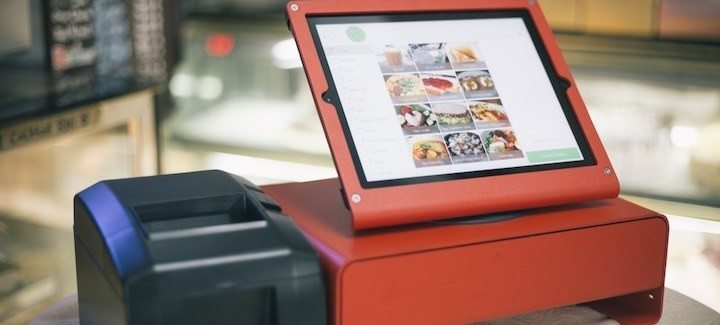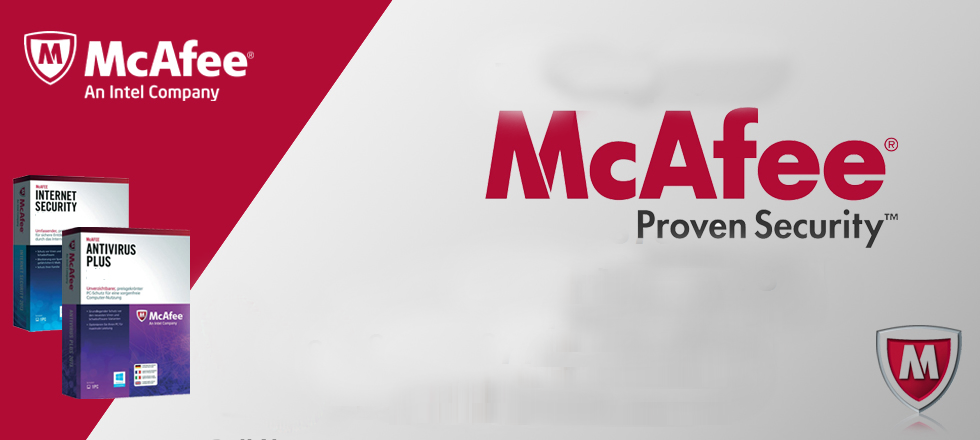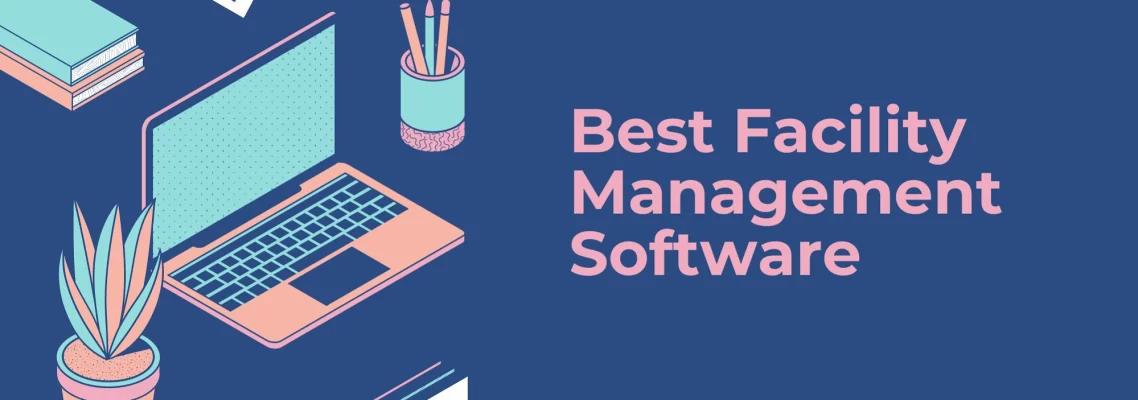
Facility Management Software: The Smart Solution for Modern Buildings
August 5, 2025
In today’s dynamic and increasingly digitized world, organizations face rising pressure to maintain safe, efficient, and sustainable facilities. Facility management software has emerged as a critical solution to meet these demands. Whether you’re a facility manager, operations leader, or IT executive, understanding the benefits of these digital tools is essential for long-term success.
This guide explores what facility management software is, why it matters, how to choose the right system, and what the future holds. Let’s dive in.
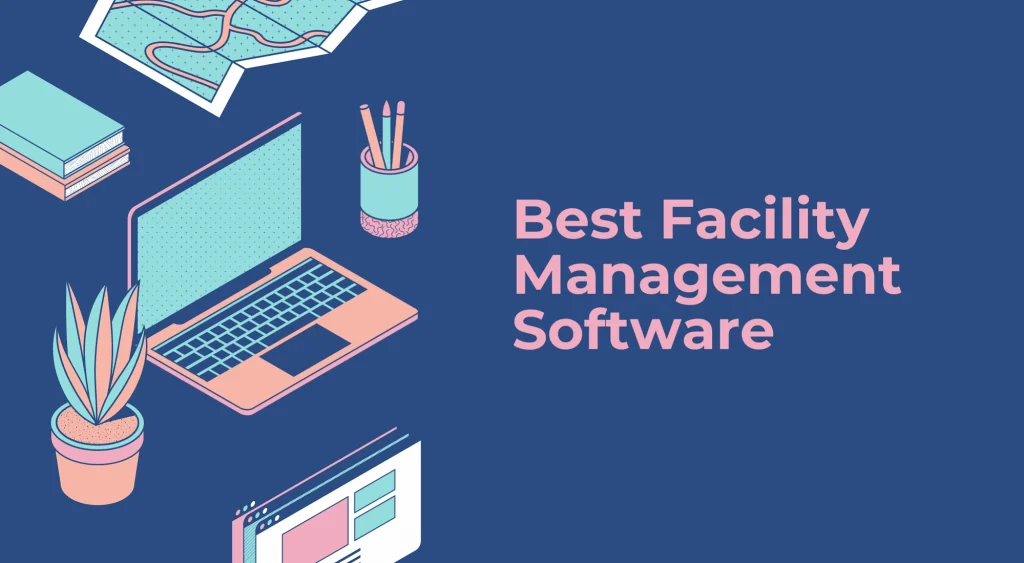
Content
The Growing Importance of Facility Management Software
Facility management software (FMS) has become the backbone of operational efficiency for buildings and campuses. From real-time maintenance tracking to strategic capital planning, these platforms empower organizations to manage their physical assets proactively.
Key reasons driving adoption include:
- Aging infrastructure
- Rising energy costs
- Compliance requirements
- Hybrid work environments
- Increased focus on sustainability
With facility management software, organizations can transition from reactive to predictive operations—saving time, money, and resources.
What Is Facility Management Software?
Facility management software is a digital platform that centralizes the planning, execution, and monitoring of building operations. It enables organizations to streamline everyday tasks, gain insights into asset performance, and support long-term facility goals.
Core features include:
- Asset Management: Track equipment lifecycle, maintenance history, and warranty data.
- Maintenance Management: Automate work orders and implement preventive or predictive maintenance.
- Space Management: Optimize floor plans, occupancy, and usage of space.
- Energy Monitoring: Analyze energy usage and reduce operational costs.
- Capital Planning: Forecast budget needs for future upgrades or replacements.
- Condition Assessment: Evaluate the current state of facilities to inform decision-making.
Many systems fall under the umbrella of an Integrated Workplace Management System (IWMS)—a broader solution that combines these features in a single platform.
Choosing the Right Facility Management Software
Not all solutions are created equal. Choosing the best platform for your organization requires a detailed assessment of needs, budget, and existing infrastructure.
Here’s what to consider:
- Functionality: Does the software support core modules like maintenance, space, and asset tracking?
- Scalability: Can it grow with your portfolio or support multiple facilities?
- Ease of Use: Is the interface intuitive for teams to adopt quickly?
- Integration: Can it connect with existing systems (e.g., HVAC, ERP, IoT)?
- Data Analytics: Are there dashboards and reporting tools to support data-driven decisions?
- Support & Training: Is onboarding available, and does the vendor offer ongoing support?
Vendor Checklist
- Industry experience
- Client success stories
- Customization options
- Cloud-based deployment
- Mobile app availability
- Cybersecurity compliance
Implementing and Integrating Facility Management Software
A successful implementation requires strategic planning. Start with a pilot rollout or single-facility launch, and scale once the system proves effective.
Steps to ensure smooth adoption:
- Define clear goals and KPIs.
- Involve cross-functional teams early.
- Conduct facility audits for accurate data entry.
- Train users thoroughly and provide manuals or walkthroughs.
- Monitor adoption and gather feedback for improvement.
Integrating the software with building automation systems, IoT sensors, and mobile tools enhances its value. For example, combining condition assessment data with IoT sensors enables real-time alerts for failing equipment—avoiding costly downtime.
Facility Management in Action: Real-World Impact
From universities to hospitals to corporate campuses, facility management software drives measurable results.
- A regional healthcare provider reduced emergency repairs by 40% with predictive maintenance tools.
- A university saved $1.2M over three years by optimizing capital planning and energy use.
- A commercial real estate firm improved occupancy rates by 25% using smart space management features.
The common thread? Leveraging facility data to make smarter, faster decisions.
What’s Next: Future Trends in Facility Management Software
As technology advances, facility management software is evolving rapidly. Future-ready platforms are beginning to incorporate:
- Artificial Intelligence (AI): Automating diagnostics and suggesting maintenance actions.
- Internet of Things (IoT): Real-time sensor data for HVAC, lighting, and space usage.
- Mobile & Cloud-Based Solutions: Access anytime, anywhere for technicians and managers.
- Sustainability Tools: Tracking emissions, LEED compliance, and green initiatives.
- Digital Twin Integration: Virtual modeling of physical spaces for simulations and planning.
Organizations that embrace these technologies will be well-positioned to adapt and thrive.
Conclusion
Facility management software is no longer optional—it’s essential. From reducing costs to improving occupant experiences, these tools help organizations stay competitive, compliant, and sustainable.
Whether you’re looking to upgrade legacy systems or begin your digital transformation journey, investing in a modern FMS platform is a strategic move.
FAQs
What is facility management software used for?
Facility management software is used to manage maintenance, assets, space, and energy across buildings to improve efficiency and reduce costs.
How do I choose the best facility management software?
Look for key features like scalability, ease of use, integration options, and strong support. Evaluate based on your organization’s size and goals.

Darin is a wonderful person. He is very nice and always willing to help out! He loves his job because it lets him share interesting things with people who want to know about new developments in the world of technology.

